The dynamics of changes in biomechanical characteristics of skeletal muscles that occur from early childhood to adolescence remains an interesting field of research from the point of view of several kinesiological questions that are still unanswered. Given the integrality of a child's development and a number of features that distinguish children from adults, it is very common to treat children in a more complex manner that adults. The answers to several questions related to the processes of gradual differentiation of individual subsystems of psychosomatic status largely depend on the child's development stage. Furthermore, another interesting question is the one related to the level and place of differentiation (sensations, ways of regulation, processing, effector) and to the function of differentiation in the process of motor behaviour (learning, efficiency). The answers to the aforementioned questions will be based on results gained in the process of monitoring changes that affect a child's musculature at various development stages and some other accompanying parameters.
The measurement of skeletal muscle response is an interesting field of research not only for physicians in diagnostics (Buchthal et al., 1974, Dubowitz et al., 1987) and rehabilitation (Milner-Brown et al., 1988, Scott et al., 1986, Zupan, 1992), for surgeons and sport physicians, but also for scientists who are interested in physiology and muscle functioning (Hudlick et al., 1984, Salmons et al., 1969). The majority of measuring methods in use are based on the measurement of physical quantities that are related to muscle force; one of them is the measurement of torque in the joint moved by the measured muscle. Since joints can be moved by several muscles, it is hard to measure the response of one muscle only. Invasive measuring methods can be more accurate, but they can be harmful to tissue. As a result, our research group decided to use tensiomiography (TMG), a non-invasive method based on the measurement of radial displacement of the belly muscle. When tested on a sample of children, the method proved to be very effective and useful.
Our previous studies revealed a connection between the type of a muscle response detected by a displacement sensor and the speed of skeletal muscle contraction. Tests of a sample of 8-to-10-year-old children revealed a number of interesting results, in particular in the field of biomechanical properties of skeletal muscles and their impact on a child's motor development and behaviour. Owing to the fact that the most interesting development stage is adolescence, the group decided to analyse the response of the muscles in question on a sample of 12-to-15-year-old teenagers. The results will be analysed and compared with those gained in previous studies. Together with the quoted reference literature they will serve as a basis to answer the aforementioned questions. The analysis will also take into account other data gathered via a questionnaire and additional measurements.
Monitoring of changes in biomechanical characteristics of skeletal muscles in early childhood and adolescence
- Code J5-6390
- Date 01.07.2004 - 30.06.2007
- Funds provider ARRS
- Organisation University of Primorska, Science and Research Centre of Koper
Abstract






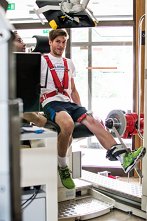



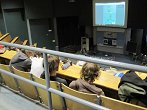

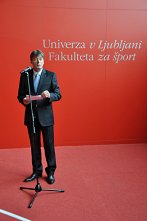








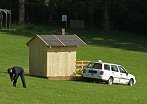
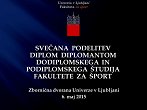





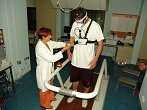


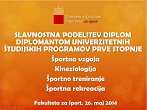



.png)